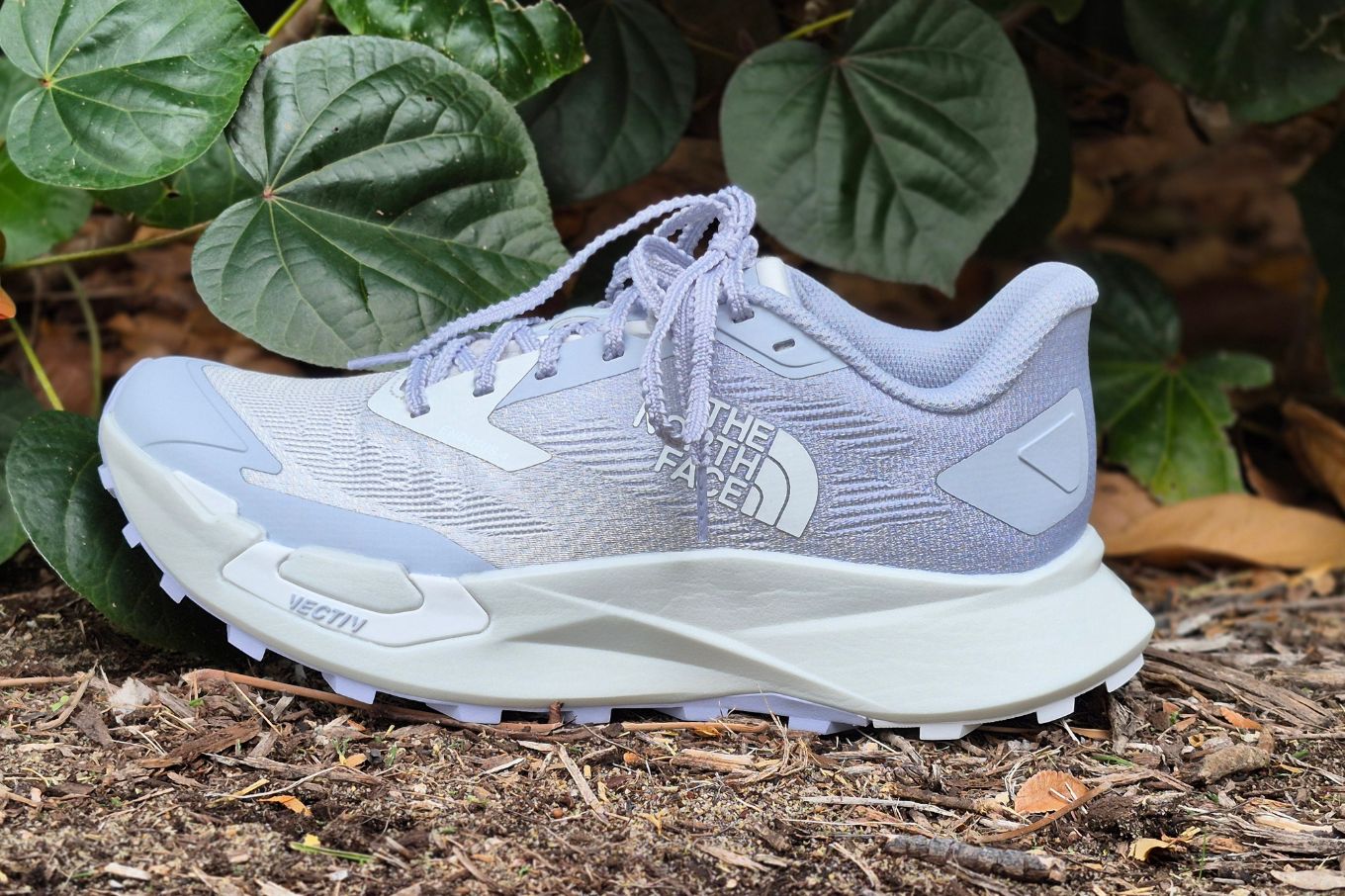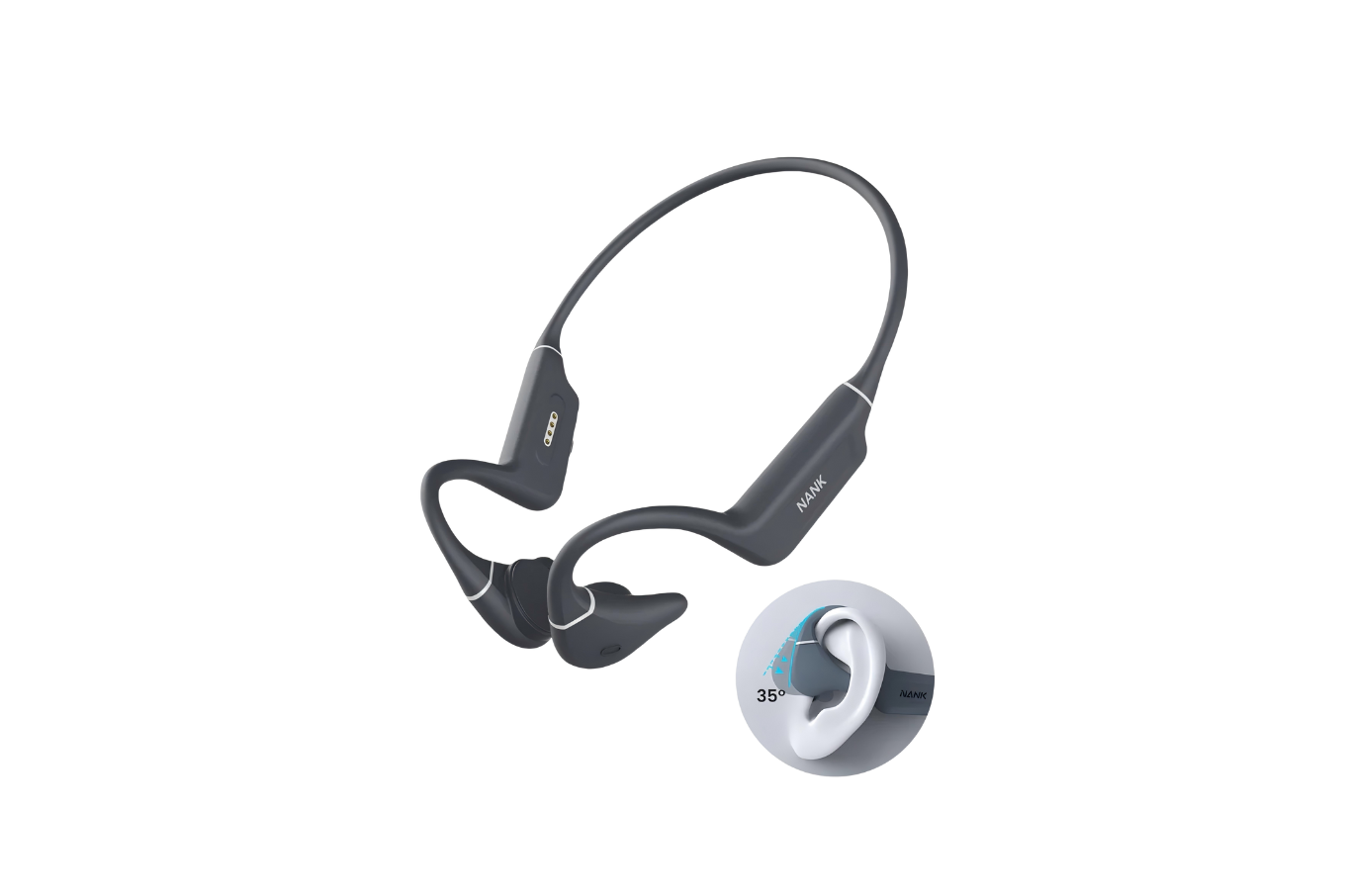Watch Preview: Suunto 9
TRM get a sneak peak of Suunto’s 9, their next-gen Multisport GPS Watch designed to go very, very long.
Two years on from our preview of the Suunto Spartan Ultra, we’re proud to announce the Suunto 9 (S9), the next generation of Suunto GPS Smart Watches. In keeping with Suunto’s long tradition of producing premium quality tools for the outdoors, the S9 builds on the Spartan’s refined, suit-and-tie aesthetic with a spread of upgrades, improvements and function-focused new features tailored to the ultra-distance and multi-day end of the market. While an in-depth review will follow once we get our hands on a retail release unit, here’s the low down on what you can expect based on our early sample and the official tech specs.
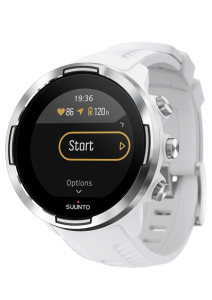
On the surface, you’d be forgiven for thinking the Suunto 9 was a Suunto Spartan Sport Wrist HR Baro. Aside from a more robust bezel, a different silicon strap and sapphire glass as standard, the only external sign that the S9 isn’t an SSSWHRB is the blessedly-short name printed beside the Valencell Optical Heart Rate (OHR) sensors. Yep, the Finns finally realised that the practice of including every listed product feature in the product name was getting a little out of hand and so, in a complete backflip, have just called it the “9”. Bravo.
Naming faux pas aside, I’ve long thought the aesthetic of Spartan series was top notch and far sexier than anything else in the multi-sport GPS segment. Suunto clearly felt the same way and must have felt that changing it up so soon would be a waste of resources. Crack an S9 open, however, and you start to see where the Suunto boffins have been spending their time. Actually, scratch that, please don’t crack open your $899.00 watch.
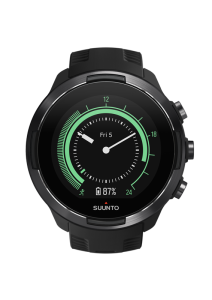 As far as I can tell, based on real-world testing, official press releases and sales materials, and conversations with our travelling Guru, the three critical features of the initial S9 release* you need to know about are as follows:
As far as I can tell, based on real-world testing, official press releases and sales materials, and conversations with our travelling Guru, the three critical features of the initial S9 release* you need to know about are as follows:
1. Massive Battery Life and Smart management of this limited resource
2. Long Battery Life in spite of adding Optical Heart Rate
3. High accuracy route recording, even when pushing the GPS accuracy down to extend battery life
* I say “initial” release because, as with all modern smartwatches, the software is updateable and significant improvements can be added with time.
Battery life, Battery life, Battery life! Let’s break those down one at a time.
Through a combination of a new, far more efficient GPS chip and intelligent software design, Suunto is claiming some pretty hefty battery life stats. While I haven’t had a chance to validate this in testing, the official specs list 25 hours, 50 hours and a whopping 120 hours of track-recording life in the Performance, Endurance and Ultra battery modes, respectively. Additionally, the watch will notify you during your run if the battery starts to get low and then give you the option to change the battery mode to extend its life expectancy.
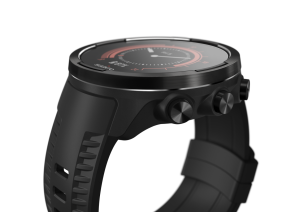
While 25hrs and 50hrs may seem reasonable for an increasing number of ultrarunners, at first glance 120hrs might seem a bit unnecessary. But what about multi-day fastpacking trips where you’re out for long, consecutive days? How about hiking the Larapinta? Checking out Everest Basecamp? It’s not hard to clock up 120hrs on extended journeys and the battery life of the S9 means you can record every filthy second.

While it’s important to point out that these stats are approximate and that real-world experience may vary, it’s also exciting to note that Suunto has gone to great lengths to make their battery formulae intelligible to the layperson. While these modes are based mostly on switching different functions on and off (e.g. setting the screen to time out, disabling touch screen, decreasing GPS ping rate and turning Bluetooth off), something you’ve always been able to do, the effects of each switch has always been a bit of a mystery. The updated interface makes the presets clear and easy to understand and also allows the creation of a custom battery mode which will auto-calculate the predicted battery life.
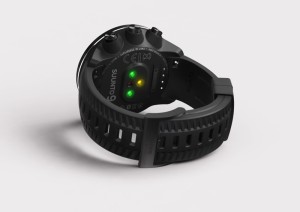 Adding an Optical Heart Rate sensor is an excellent way to smash your battery life, but Suunto’s engineers have worked hard to ensure that the published figures of 25 and 50hrs are with the OHR turned ON. While the S9 is no bigger than the Spartan Ultra, the advertised battery stats are big, fat and juicy. Turning off OHR or using an HRM Strap makes them even more impressive, adding 5-10 hours to these figures. That means an awesome 30-60hrs in Performance and Endurance modes respectively; an incredible leap forward.
Adding an Optical Heart Rate sensor is an excellent way to smash your battery life, but Suunto’s engineers have worked hard to ensure that the published figures of 25 and 50hrs are with the OHR turned ON. While the S9 is no bigger than the Spartan Ultra, the advertised battery stats are big, fat and juicy. Turning off OHR or using an HRM Strap makes them even more impressive, adding 5-10 hours to these figures. That means an awesome 30-60hrs in Performance and Endurance modes respectively; an incredible leap forward.
Extending the Accurate AND Long-Lasting focus of the S9’s feature set is a new tech called FusedTrack. Whereas FusedAlti in previous Suuntos used a combination of Barometric Pressure and GPS location to achieve a more accurate elevation reading, FusedTrack does a similar thing with route recording. Combining information from other always-on sensors (e.g. accelerometer, compass, and barometer) with GPS data, the S9 is able to perform a sort of “Educated Guess” about where you’ve “been” in the time between GPS pings. This means the ping rate on the GPS can be turned down without excessively compromising the accuracy of the recorded route. The three switchbacks you ran in the 60seconds between GPS pings finally get a mention in your Strava track because the compass recognised you weren’t going in a straight line.
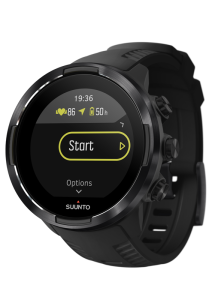
While, again, I must reiterate the fact that I’ve been unable to put these new features through their paces extensively, the hardware is there, and the software roadmap is clear. Notwithstanding the Spartan Ultra’s difficult birth, Suunto has a long history of building professional tools designed to perform in the harshest conditions, and I can’t wait to get my hands on a retail unit to use and abuse for your benefit!
The Low Down
Great for: Stylish Trail Runners, Ultra Runners, anyone wanting to go long, people that value tools over toys
Not-so-great for: Tincy Tiny Wrists, those on a tight budget
Tester: Tegyn Angel, TRM Associate Editor
RRP: $899.99, available in Black and White
Available: June 26, 2018
Website: http://www.suunto.com/en-AU/
Conditions: Sample was provided by Suunto Australia for review





